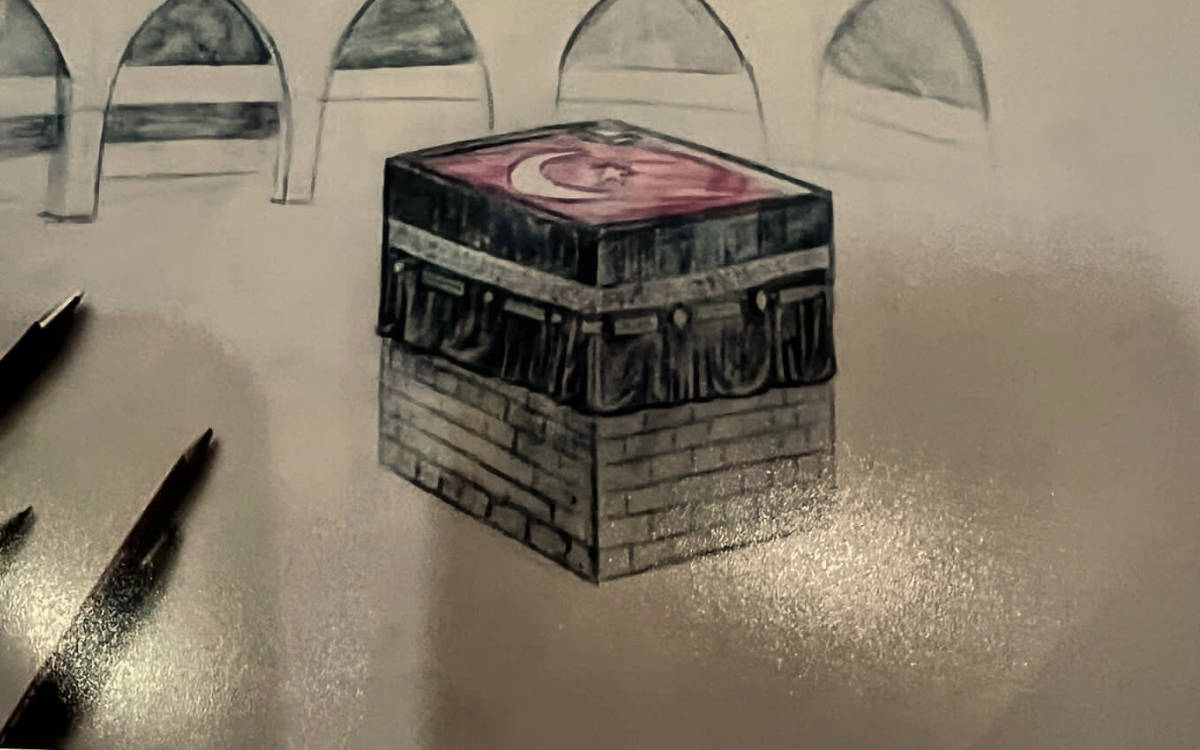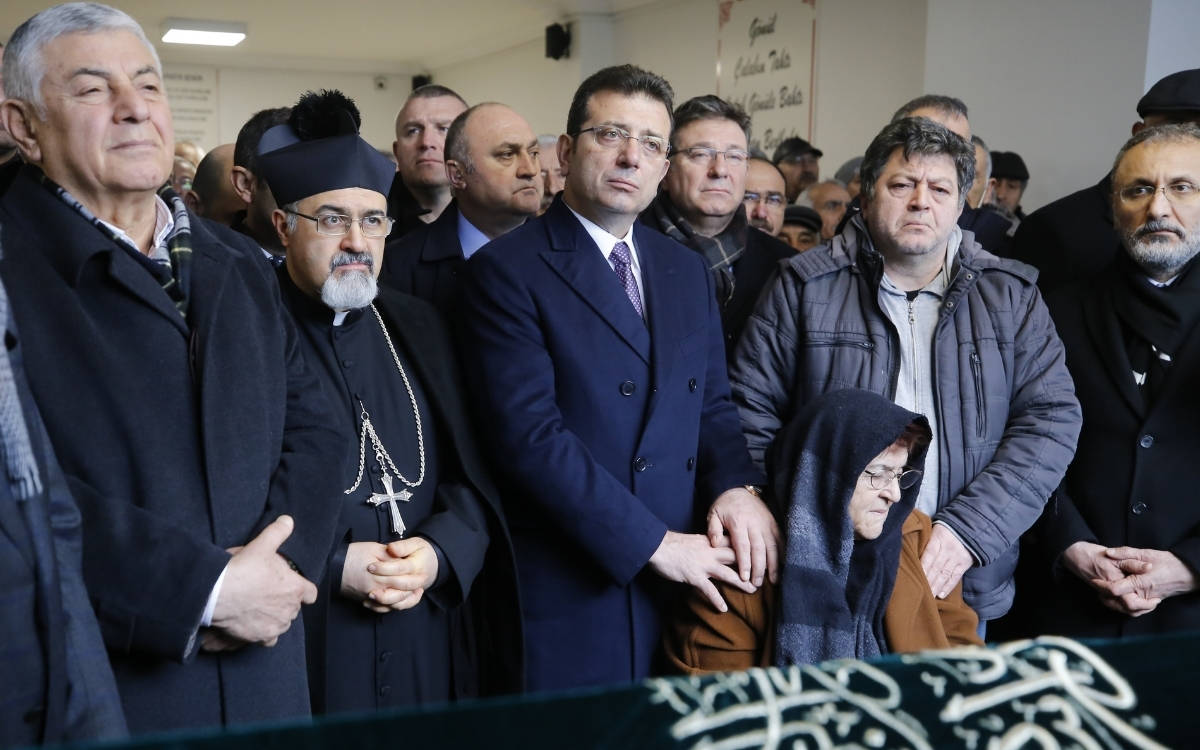A letter with a drawing of the Kaaba and the flag of Turkey was sent to Church of St. Anthony of Padua, the largest and most populous Catholic church in İstanbul, located in the Beyoğlu district.
Afşin Hatipoğlu, the church's lawyer, shared photos of the letter featuring drawings of the Kaaba covered with the Turkish flag. Hatipoğlu is also the lawyer for Saint Mary Church in Sarıyer, İstanbul, which was attacked by ISIS last Sunday.
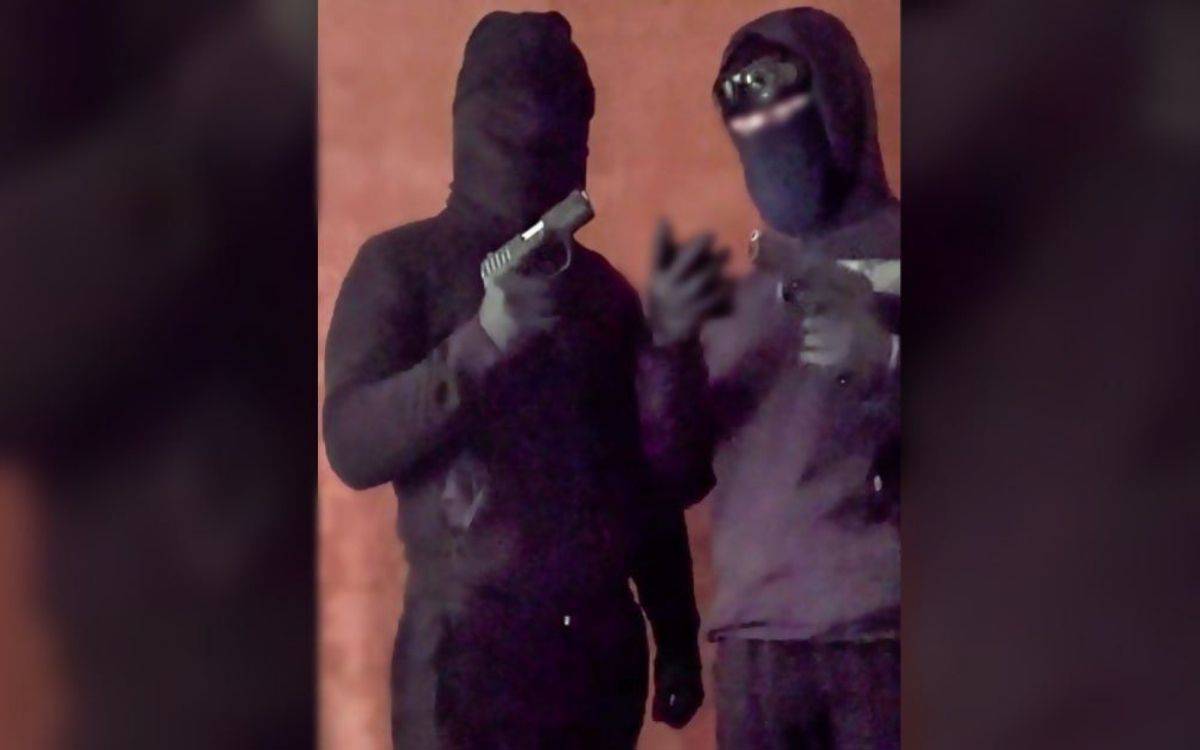
ISIS claims Saint Mary Church attack on Sunday
Providing information to bianet about the incident, Hatipoğlu stated that security measures during masses and entrances/exits were increased after the attack on Saint Mary Church. However, he emphasized the need for meticulous continuation of these measures.
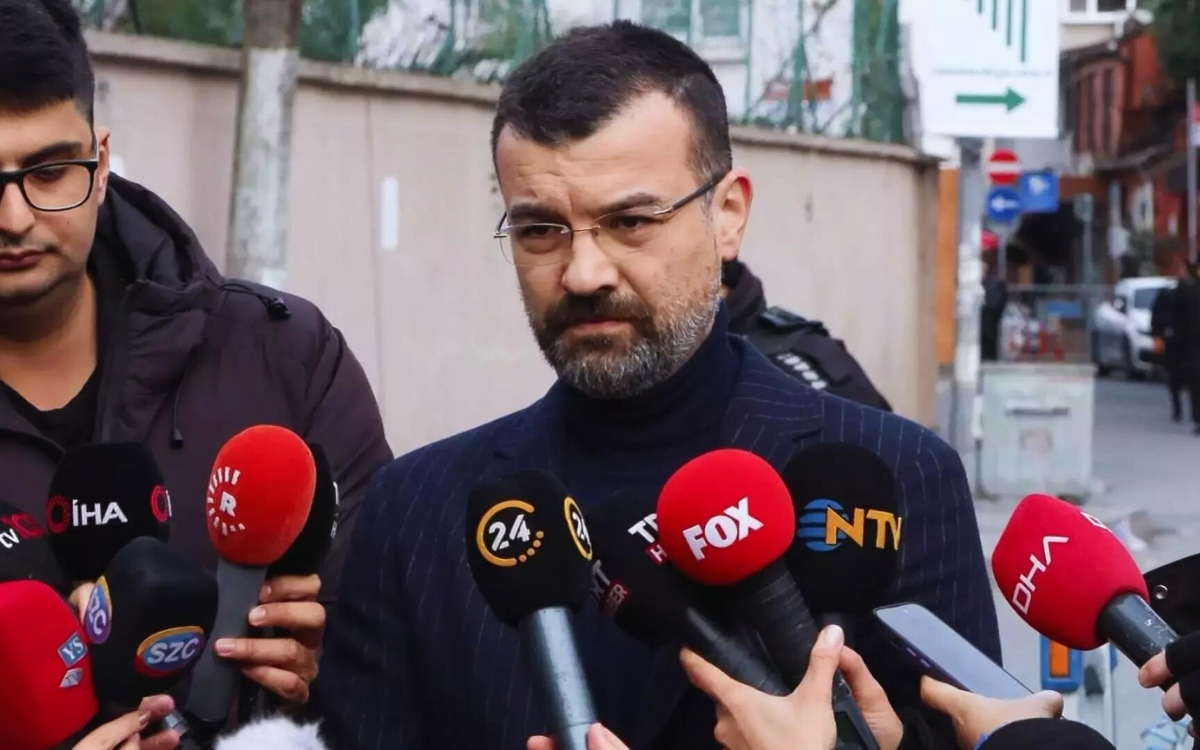
Hatipoğlu continued his statement:
"Two separate drawings made with pencil were sent to Saint Anthony, featuring the Kaaba and the Turkish flag. There is also a pen in one of the drawings. The person who sent the letter complained about the courier, stating 'they delivered my package late.' We provided the pictures to the prosecutor and included them in the Saint Mary Church file. Two months ago, diesel fuel was poured in front of the church, and there was an attempt to start a fire. The diesel did not ignite, but if they had used gasoline, the church would have caught fire. We didn't share these incidents at that time, but considering the consecutive attacks, we thought it was necessary to share them now.
"Due to the attacks, there is fear and uneasiness among the congregations of the churches. After the attack on Saint Mary Church, security measures during masses and entrances/exits were increased in İstanbul churches. However, due to the current trend in the country promoting a conflict environment through religion, some individuals and organizations are trying to exploit this conflict environment through iconic places of worship. We should not allow this.
"İstanbul is a city that hosts many churches: Orthodox, Protestant, Catholic, Gregorian, etc. Saint Anthony is one of the largest and most significant churches in Istanbul, located in the middle of İstiklâl Avenue with impressive architecture. It is also easily accessible to everyone.
"The law enforcement does catch the perpetrators quickly after incidents occur, but it is necessary to find these individuals before incidents or attacks happen. Sustainable security measures need to be taken. Saying, 'There was an attack, let's take security measures for three to five weeks,' is not sufficient."
About Church of St. Anthony of Padua
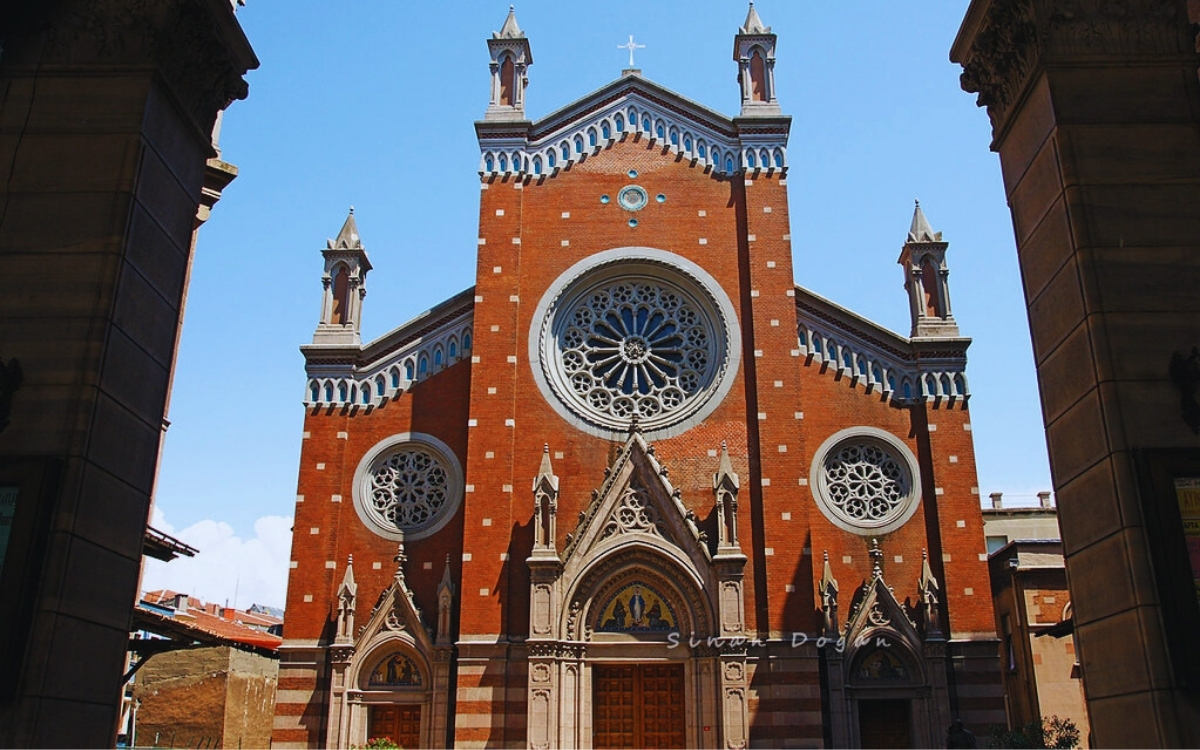
In the year 1221, the Franciscans settled in Constantinople (Istanbul). Their first residence was the Theotokos Kyriotissa Church. In the early 1230s, the priests, in honor of their founder Saint Francis of Assisi, built another church near Galata. At that time, the temple was recognized as the Latins' Hagia Sophia. The priests, who were expelled from their first churches in the Greek quarter in 1306, joined the priests at Saint Francis in Galata. St. Anthony would be their only church for 350 years.
Having survived two fires in 1639 and 1660, and being rebuilt, the Church of Saint Francis miraculously survived the 1696 fire that engulfed its entire surroundings. II. Mustafa converted it into a mosque. On March 7, the priests moved to a small country house in Pera.
In 1724, a new church was built and consecrated in Pera in the name of Saint Anthony. In 1904, due to the need for a new tramway, the Church of Saint Anthony had to be demolished. The priests searched for a place on the same street where they could establish their church. In a private meeting, Pope Pius X encouraged Regional Representative Father Giuseppe Caneve and blessed the project.
Construction work was halted in 1907 due to a lack of financial resources. After a two-year hiatus, construction resumed at ground level, and the new church was completed in 1911. On February 15, the anniversary of the transfer of Saint Anthony's relics to the Basilica of Padua in 1912, the priests moved to their new church. The church was consecrated and opened for worship.
In 1967, Pope Paul VI offered the first mass read by a Pope on Turkish soil.
The church, built in the Italian Neo-Gothic style by the Istanbul-born Italian architect Giulio Mongeri, is made of reinforced concrete. The walls of the church are covered with mosaics up to a certain height, and the exterior walls of the structure are made of bricks. Two six-story buildings, connected by a passage in front of the courtyard entrance on Istiklal Avenue, were constructed to generate income for the church. These buildings, named St. Antoine Apartments, are among the first reinforced concrete structures on Istiklal Avenue.
Source: The church website.
(TY/PE)





